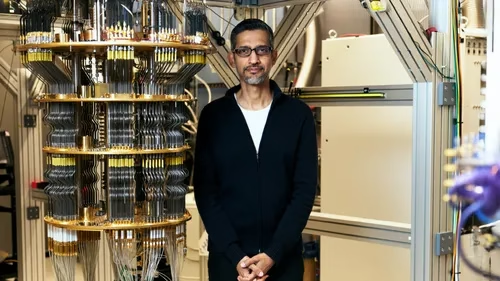Google has just hit a historic milestone in the race toward practical quantum computing. CEO Sundar Pichai announced on X (formerly Twitter) that the company’s Willow chip has achieved the world’s first verifiable quantum advantage — a result that has already sparked reactions across the tech world, including a congratulatory note from Elon Musk, who wrote: “Congrats. Looks like quantum computing is becoming relevant.”
Meet “Quantum Echoes”
The breakthrough comes from a new quantum algorithm called Quantum Echoes, recently published in the journal Nature. According to Pichai, Google’s Willow chip was able to run this algorithm 13,000 times faster than the best classical algorithm running on one of the world’s most powerful supercomputers.
What does it do? The algorithm helps scientists simulate and understand how atoms in a molecule interact using nuclear magnetic resonance — a technique with potential applications in drug discovery, materials science, and beyond.
Why It Matters: Verifiable Quantum Advantage
This isn’t just about speed. The real breakthrough is that the result is verifiable. In simple terms, the calculation performed by Google’s chip can be repeated by other quantum computers or confirmed through real-world experiments. That makes it a huge step forward from earlier demonstrations of “quantum supremacy,” which were faster but not easily checkable.
Pichai highlighted this as a turning point: “We’re excited to see where it leads.”
The Science Behind It: OTOC
Technically, the Quantum Echoes algorithm is known as an OTOC (out-of-order time correlator). OTOCs are powerful tools that let researchers study how information spreads and interacts inside complex quantum systems like molecules or magnets. By proving this algorithm works in a verifiable way, Google has shown that quantum computing is inching closer to solving real-world scientific problems.


